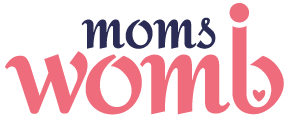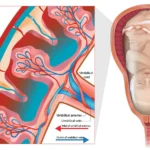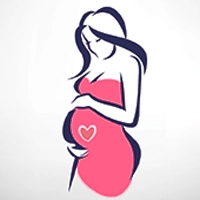There are various breastfeeding side effects, both good and bad. Even though the negative side effects can be treated, sometimes they may make it difficult for women to continue feeding for longer.
Here are the most common side effects of breastfeeding:
Increased hunger:
Increased hunger is the most common breastfeeding side effects. Women need more calories to produce milk and to nurse the baby, so they feel frequent hunger. During the nursing period, a woman’s body burns 500-800 calories a day, which means the nursing mother should 500 calories more than she ate during pregnancy. If the nursing women don’t consume enough food, the production of milk will eventually drop down. But it is not a big problem; just add one small meal to your daily diet. Eating healthy snacks instead of an extra meal can even function well.
Cracked and dry nipples:
Cracked and dry nipples are also issues with breastfeeding, particularly during the initial weeks of breastfeeding. If it is the condition, then it will be very difficult to nurse the baby. Even some women stop feeding altogether. Women who experience this condition should use nipple care cream at any time of the day, but make sure to clean thoroughly each time you feed the baby.
Some women experience this condition on anyone nipple. If this is the case, it is advised to feed more on the other breast so that the cracked nipple will get a chance to heal better.

Engorgement:
This is among the most common breastfeeding side effects this condition occurs when the milk production increases and it makes the breasts bigger, firmer and sometimes tender. This condition can last for 2-3 days. If your baby can’t take enough milk, your breasts will become hard, hot and extremely painful. Frequent nursing and expressing the milk into a bottle for later feed can ease from this condition. Use a cold compress to reduce the swelling or performing gentle massage prior to and after feeding will ease the condition.
Ducts:
When you skip or delay feeding to your baby, plugged ducts can form. Wearing a bra can even cause thrush from putting pressure on the duct. You may notice tender, firm and warm lump. You won’t notice any symptom, such as redness on the breast and also fever because of the duct. You can avoid this condition by applying warm compress on the breast before and after feeding. Whenever you notice plugged breasts, you should increase the number of feedings to your baby or keep the baby’s chin towards the plugged area while breastfeeding.
Thrush:
This is a kind of yeast infection that occurs when the baby or mother has been treated with antibiotics or the mother treated with antibiotics because of vaginal yeast infection before the birth. Thrush causes nipple soreness, tender nipples and makes the nipples itchy.







